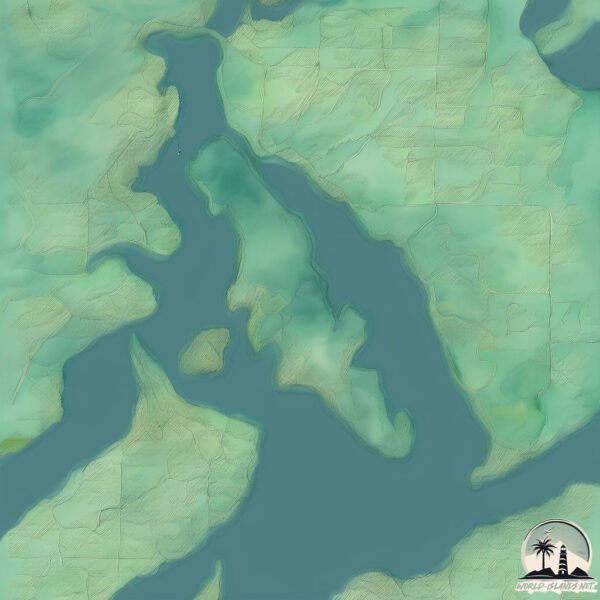Welcome to Squaxin , a Temperate island in the The Coastal Waters of Southeast Alaska and British Columbia, part of the majestic Pacific Ocean. This guide offers a comprehensive overview of what makes Squaxin unique – from its geography and climate to its population, infrastructure, and beyond. Dive into the details:
Geography and size of Squaxin
Size: 6.339 km²Coastline: 23 kmOcean: Pacific OceanSea: The Coastal Waters of Southeast Alaska and British ColumbiaContinent: North America
Squaxin is a Small Island spanning 6.3 km² with a coastline of 23 km.
Archipel: –
Tectonic Plate: Africa – One of the world’s largest tectonic plates, covering the African continent and parts of the surrounding oceans, known for its stability with some active rift zones.
The geographic heart of the island is pinpointed at these coordinates:
Climate and weather of Squaxin
Climate Zone: TemperateClimate Details: Warm-Summer Mediterranean ClimateTemperature: Warm Summer
Climate Characteristics: Characterized by warm, dry summers and mild, wet winters, typical of coastal areas with abundant sunshine Rain is more common in the winter months, maintaining a moderate climate.
Topography and nature of Squaxin
Timezone: UTC-08:00Timezone places: America/Los_AngelesMax. Elevation: 12 m Mean Elevation: 4 mVegetation: Evergreen Needleleaf ForestTree Coverage: 90%
The mean elevation is 4 m. The highest elevation on the island reaches approximately 12 meters above sea level. The island is characterized by Plains: Flat, low-lying lands characterized by a maximum elevation of up to 200 meters. On islands, plains are typically coastal lowlands or central flat areas.
Dominating Vegetation: Evergreen Needleleaf Forest
Vegetation: 3 vegetation zones – Moderately Diverse Island
Infrastructure and Travelling to Squaxin
Does the island have a public airport? no .
Does the island have a major port? no .
The mean population of Squaxin is 0 per km². Squaxin is Uninhabited. The island belongs to United States of America .
Continuing your journey, Harstine is the next notable island, situated merely km away.
Washington Tribes: Squaxin Island Tribe | Preserving History and Culture
Learn about the history of the Squaxin Tribe (People of the Water), and the importance of their 'home of sacred belongings.'
Washington Tribes: Squaxin Island Tribe | Preserving History and Culture
Learn about the history of the Squaxin Tribe (People of the Water), ...
Learn about the history of the Squaxin Tribe (People of the Water), and the importance of their 'home of sacred belongings.'
Squaxin Island Tribe coho survival study
Along with partners at the Washington Department of Fish and Wildlife, ...
Along with partners at the Washington Department of Fish and Wildlife, the Squaxin Island Tribe is taking a unique step to study ...
Squaxin Island Tribe First Salmon Ceremony 2016
The Squaxin Island Tribe celebrated their First Salmon Ceremony yesterday.
The Squaxin Island Tribe celebrated their First Salmon Ceremony yesterday.
United States of America is classified as Developed region: G7: Group of Seven – Major advanced economies, including Canada, France, Germany, Italy, Japan, the United Kingdom, and the United States. The level of income is High income: OECD.
News – Latest Updates and Headlines from Squaxin
Stay informed with the most recent news and important headlines from Squaxin. Here’s a roundup of the latest developments.
Loading...
Please note: The data used here has been primarily extracted from satellite readings. Deviations from exact values may occur, particularly regarding the height of elevations and population density. Land area and coastline measurements refer to average values at mean high tide.

